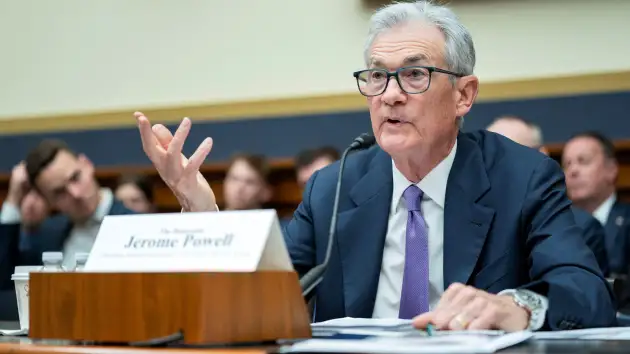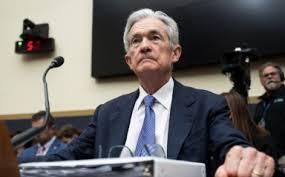In a surprising turn of events, Federal Reserve Chairman Jerome Powell has signaled a significant shift in the U.S. central bank’s stance on cryptocurrencies, potentially paving the way for American banks to deepen their involvement in the digital asset space. During a recent press conference following the Fed’s decision to maintain current interest rates, Powell addressed concerns about the so-called “debanking” trend that has plagued the crypto industry, expressing unease about banks’ reluctance to engage with crypto firms due to stringent regulatory oversight. His remarks, which underscore a more permissive approach, have sparked widespread discussion about the future of cryptocurrency within the U.S. financial system.

Powell’s comments come at a time when the crypto industry has faced significant challenges in securing banking services. Many crypto firms have reported difficulties in maintaining relationships with banks, a phenomenon often attributed to heightened regulatory scrutiny and concerns over compliance with anti-money-laundering rules. Powell acknowledged these concerns, noting, “I too, am troubled by the quantity of these reports,” and suggested that banks’ risk-averse behavior may stem from aggressive supervision. He emphasized that banks are “perfectly able” to serve crypto customers, provided they manage risks appropriately and operate within a framework that ensures safety and soundness. This marks a departure from the Fed’s historically cautious approach, which has often been perceived as a barrier to crypto integration in traditional banking.
The Fed’s evolving stance aligns with recent actions by other regulatory bodies, including the Office of the Comptroller of the Currency (OCC) and the Federal Deposit Insurance Corporation (FDIC). In April 2025, these agencies withdrew previous guidance that required banks to seek prior approval for crypto-related activities, a move seen as a response to the incoming Trump administration’s pro-crypto agenda. Powell’s remarks further reinforce this trend, as he highlighted the Fed’s decision to eliminate policies that imposed additional scrutiny on banks engaging with crypto clients, including a controversial “reputational risk” oversight rule. This shift has been celebrated by industry advocates, with posts on X describing it as a removal of a “roadblock for mainstream adoption” of cryptocurrencies.
The implications of this policy shift are profound. By allowing banks to engage more freely with crypto firms, the Fed is effectively opening the door for greater integration of digital assets into the mainstream financial system. Powell also expressed support for regulatory frameworks around stablecoins, noting their potential to play a significant role in consumer and business transactions. He stressed the importance of developing these assets in a “safe and sound manner” to protect consumers and maintain financial stability. This nuanced approach suggests that while the Fed remains cautious, it is increasingly open to innovation in the crypto space.
However, Powell was unequivocal about one aspect: the Federal Reserve has no intention of developing a central bank digital currency (CBDC) under his leadership. During a Senate hearing, he firmly stated that a CBDC would not be pursued, putting an end to years of speculation about a Fed-backed digital dollar. This decision contrasts with the growing global interest in CBDCs, as countries like China advance their own digital currencies. Instead, Powell pointed to the FedNow payments system as a solution for efficient, round-the-clock money transfers, addressing some of the same issues a CBDC might tackle.
The crypto market has responded positively to Powell’s remarks, with Bitcoin briefly climbing to $107,100 following his congressional testimony. Industry observers, such as Joel Kruger of LMAX Group, argue that Powell’s comparison of Bitcoin to gold lends additional credibility to the asset, potentially fueling further growth. However, challenges remain, including the need for clearer legislative frameworks to define the crypto industry’s boundaries. Senator Cynthia Lummis, a vocal crypto advocate, is reportedly working on legislation to provide such clarity, which could further solidify the industry’s position in the U.S.
As the Fed navigates this new terrain, Powell’s comments signal a pragmatic approach to balancing innovation with regulation. By easing restrictions on banks and supporting stablecoin development, the Fed is fostering an environment where cryptocurrencies can thrive, potentially transforming the U.S. into a global leader in digital finance. Yet, the emphasis on safety and soundness ensures that this transition will be carefully managed, reflecting the Fed’s commitment to financial stability in an era of rapid technological change.








